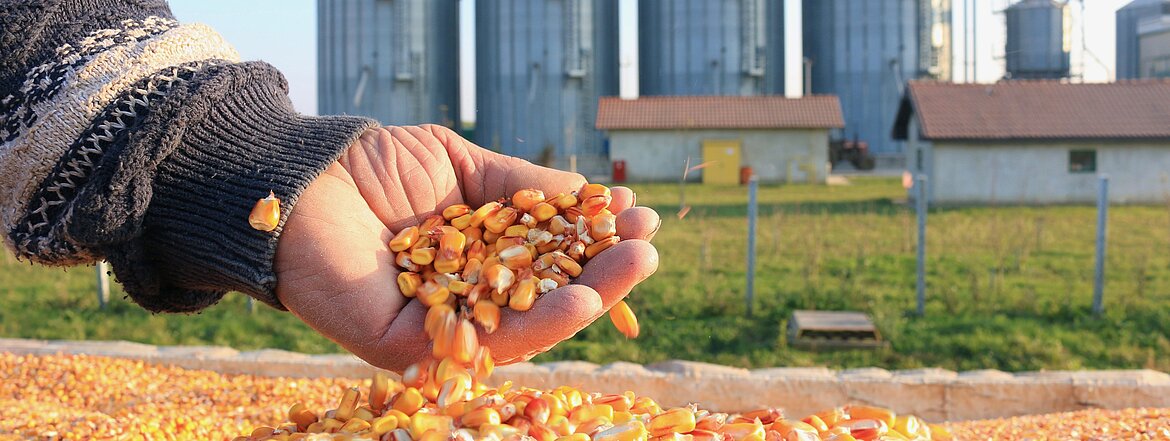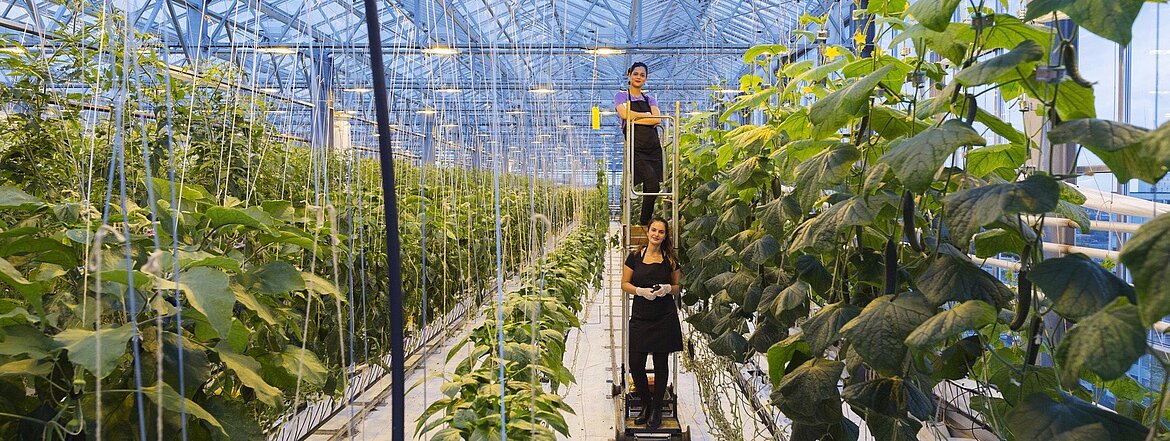Dimitris Diakosavvas | Senior Economist, OECD

Dimitris Diakosavvas is Senior Economist at the Agricultural and Natural Resources Division of the OECD Trade and Agriculture Directorate. In the second part of his interview to IAMO, he shares more insights into the role of public policies in developing bioeconomy and OECD’s activities in this area.
What is the role of public policies in supporting the transition to bioeconomy in the agri-food sector?
As noted earlier, achieving successful transition to bioeconomy depends on holistic crosscutting policy approaches to facilitate market development and build consumer trust. The role of public policy is to provide a framework within which market incentives can operate, and to remove natural or policy-related barriers to the efficient operation of market incentives. As a key first step it is imperative that clear, measurable policy objectives are set.
Potential policy actions include regulatory measures, economic incentives, increased targeted funding, including incentives for R&D and innovation, development of skills, raising awareness of the benefits of bioeconomy and closer collaboration between actors along the value chain. But in thinking about future policies, it is also crucial to remove or reform those that hinder and block pathways to sustainability. For example, remove fossil fuel subsidies, reduce trade barriers, and apply the polluter pays and provider gets principles to address the negative and positive environmental impacts. Moreover, one of the biggest challenges is the development of a regulatory framework that is forward-looking to possible human and environmental externalities from new bioeconomy products and, at the same time, not stifling innovation.
Seizing the opportunities and mitigating potential risks of the bioeconomy depends heavily on how policies and regulations are employed in governing the transition process. But, due to its crosscutting nature, the design of policies for the development of the bioeconomy is especially challenging. Multiple policy instruments from a wide spectrum of policy spheres influence the development of the bioeconomy across different levels of government. In principle, developing a bioeconomy strategy is an essential first step towards policy coherence and co-ordination. Policies offering incentives for different economic uses of biomass including food, feed, bio-based products and bioenergy need to be aligned with the strategic goals for the bioeconomy.
The OECD studies have pointed out that more attention is needed to be paid to the coherence and targeting of policy measures addressing the bioeconomy. Coherence needs to be sought in particular across agriculture, food, rural development, environment, forestry, energy, research and innovation, waste and climate change policies that are perceived as vital to foster the development of the bioeconomy of the agriculture and food system.
Institutional issues are also important. The development of improved governance structures and the introduction of advisory panels and working groups have been realised in a number of countries. For example, the Germany Bioeconomy Council and the Independent Working Group Bioeconomy in the Netherlands are both notable.
On a final note, it is always a good guide to “think globally, but act locally” when it comes to addressing sustainability in the agro-food sector. The bioeconomy approach has the potential to be fully consistent with that guidance! International policy dialogue on the bioeconomy is essential to ensure the harmonisation between different policy objectives and requirements, as well as coherence in legislation and regulation at international level. Additionally, enhanced co-operation at the international level is essential to ensure that bioeconomy-related global challenges ‒ such as the supply of sustainable biomass ‒ are well addressed at the appropriate level, and to develop common standards, coherent surveillance and regulations that do not impede trade.
How does OECD contribute to the development of bioeconomy in the agri-food sector of OECD countries? Does OECD provide assistance to developing non-OECD countries in this area?
The OECD plays an important role by undertaking analysis, collecting data, sharing country experiences on the basis of robust evidence, and in a coherent and convincing narrative, to develop policy advice that will better enable farmers and the food sector to increase productivity sustainably. However, as the OECD is not a credit institution, it does not provide any financial assistance to countries.
In one of the OECD reports you mentioned that around 49 countries worldwide have adopted bioeconomy policy strategies so far. What countries had most successful experience in this area and implemented most consistent policies for the development of bioeconomy?
It is difficult to pinpoint “winners” as we do not (yet!) carry out regular monitoring and evaluation of country experiences. Moreover, there is no internationally agreed methodology today to measure the size of the bioeconomy so it is difficult to monitor its development and assess the impacts of bioeconomy strategies within and across countries. Better monitoring the development of bioeconomy and assessment of its impacts is needed. A possible approach, particularly for inter-country comparisons, is to adopt and adapt the conceptual framework and indicators developed by OECD to monitor progress towards green growth, which focuses on natural resource efficiency and productivity, the environmental performance of production and consumption, on the innovations adopted and policy instruments implemented. Monitoring of progress and outcomes should be a priority as an integral part of policy implementation.
I would stress that transitioning to a bioeconomy is a long and continuing journey, involving establishing priorities for action, recognising trade-offs, building trust and buy-in from stakeholders and the public, as well as engaging in international co-operation, in particular on climate change and GHG emissions.
Thank you for your time!









